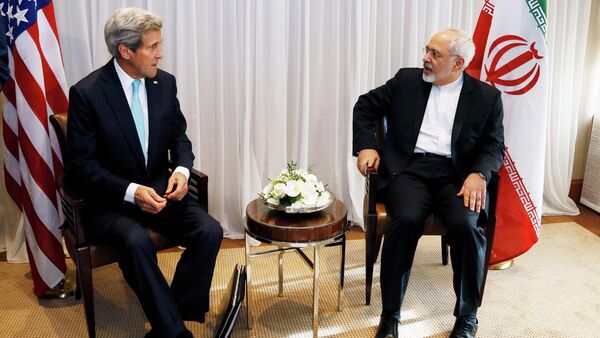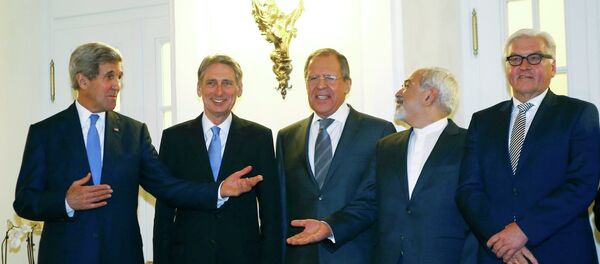US Secretary of State John Kerry flies at the weekend to Switzerland where he will meet again with his Iranian counterpart Mohammad Javad Zarif as part of the P5+1 group seeking a deal with Iran to stop it acquiring a nuclear weapon — something Tehran denies trying to do.
Just as the March 31 deadline for a political framework for the deal nears, the negotiators are working hard to have the final technical details of the deal agreed by June 30.
While admitting that the negotiations “have advanced substantially, gaps have narrowed,” Washington still insists on a set of provisions Tehran should stick to:
— Iran should not be allowed to develop weapons-grade plutonium at its Arak reactor.
— Iran should not use its Fordo nuclear plant to enrich uranium. That would leave only the Nantanz plant capable of enriching uranium, which at high grades can be used in nuclear weapons.
— Any deal must ensure that it would take Iran a year to gather enough fissile material to make a bomb.
— Iran would “reduce significantly” its current number of operating centrifuges and its domestic stockpile.
— Iran must agree to unprecedented inspections of both nuclear and production facilities as well as uranium mines and mills, and suspect sites.
And, last but not least, Washington insists that “sanctions can snap back into place if Iran were to violate the agreement."



